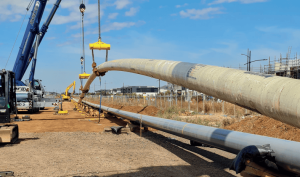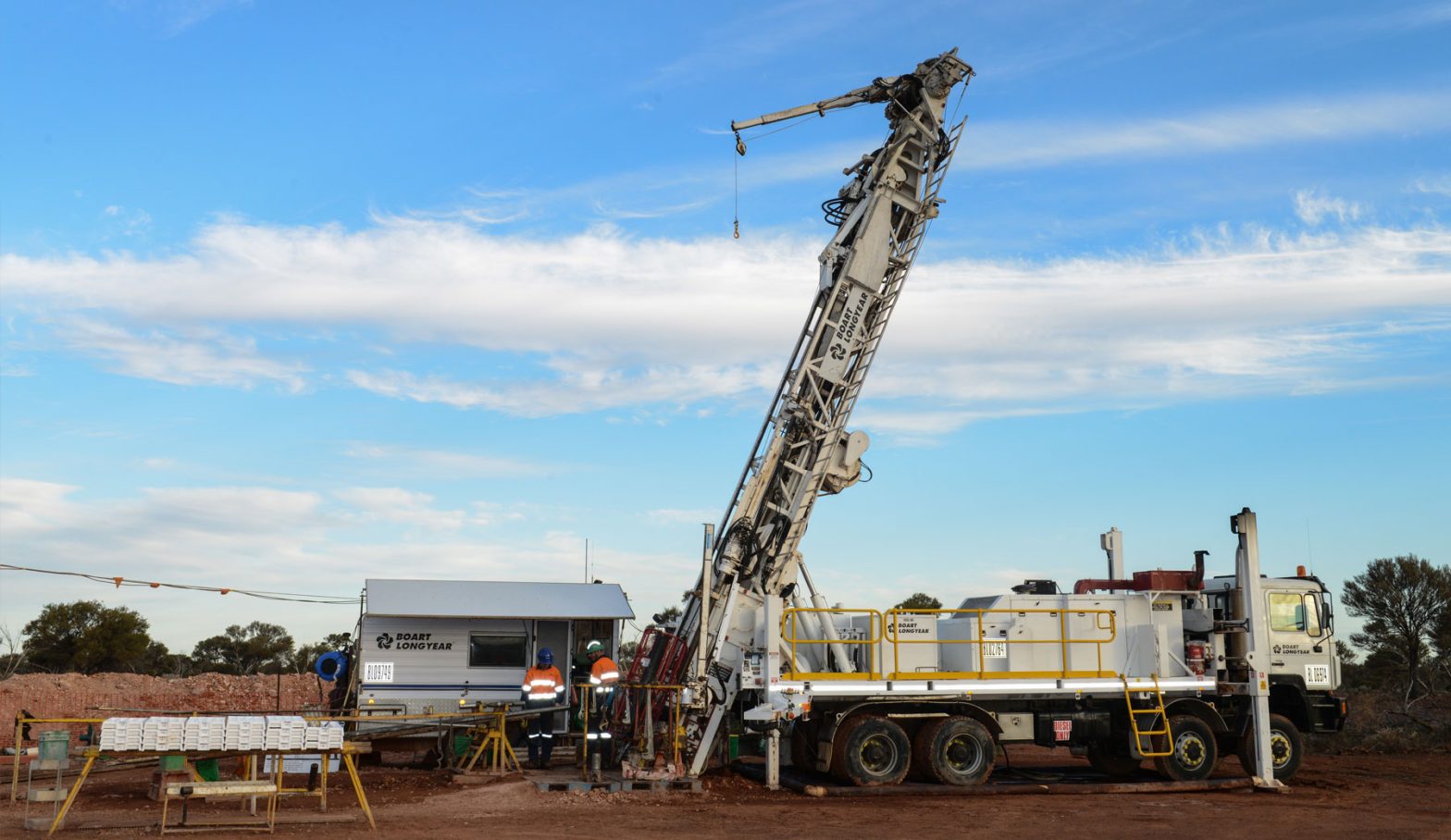Achieving High Precision in Complex Directional Drilling Projects
Directional drilling projects in complex geological formations demand a high level of precision to ensure success. These projects often involve navigating through challenging subsurface conditions, avoiding obstacles, and reaching specific targets with accuracy. In this comprehensive guide, we’ll explore the techniques, technologies, and strategies used to achieve high precision in complex directional drilling projects, along with their benefits and challenges. Achieving High Precision in Complex Directional Drilling Projects
The Importance of Precision in Directional Drilling
Precision is paramount in directional drilling projects, especially in complex environments. Accurate well placement ensures optimal resource recovery, minimizes operational risks, and reduces costs associated with drilling mistakes. In complex formations, precision drilling is essential for avoiding geological hazards, maximizing reservoir contact, and achieving project objectives.
Utilizing Advanced Surveying and Measurement Techniques
Advanced surveying and measurement techniques are crucial for achieving precision in directional drilling. High-accuracy gyroscopic surveys, electromagnetic surveys, and inertial navigation systems provide real-time data on wellbore trajectory and orientation. By continuously monitoring and analyzing this data, operators can make precise adjustments to drilling parameters and ensure accurate well placement.
Enhancing Drilling Equipment and Technology
Rotary Steerable Systems (RSS)
Rotary Steerable Systems (RSS) have revolutionized directional drilling by offering continuous steering control while drilling. Unlike conventional drilling methods that rely on bent subs and stabilizers, RSS technology allows for smoother and more precise wellbore trajectories. By adjusting the drilling direction in real-time, RSS systems minimize doglegs and improve overall drilling efficiency in complex formations.

Measurement-While-Drilling (MWD) and Logging-While-Drilling (LWD)
MWD and LWD technologies provide real-time data on downhole conditions, enabling operators to make informed decisions during drilling operations. MWD tools measure critical parameters such as inclination, azimuth, and toolface orientation, while LWD tools collect geological data, including formation properties and rock characteristics. By integrating this data with advanced algorithms, operators can optimize drilling trajectories and ensure precise well placement.
Implementing Advanced Drilling Techniques
Horizontal Drilling
Horizontal drilling is a highly effective technique for achieving precision in complex directional drilling projects. By deviating the wellbore from the vertical plane and drilling horizontally within the target formation, operators can maximize reservoir contact and enhance production rates. Horizontal drilling is particularly beneficial in unconventional reservoirs, such as shale formations, where precise well placement is critical for economic viability.
Extended Reach Drilling (ERD)
Extended Reach Drilling (ERD) techniques enable operators to reach targets located far from the drilling site while maintaining high levels of precision. By extending the horizontal reach of the wellbore, ERD allows for the extraction of resources from remote offshore locations or inaccessible onshore reserves. This technique minimizes the need for multiple drilling platforms and reduces environmental impact, making it ideal for complex directional drilling projects.
Addressing Challenges and Mitigating Risks
Geological Uncertainty
Complex directional drilling projects are often associated with geological uncertainty, including unpredictable formations, fault lines, and subsurface hazards. To mitigate these risks, operators conduct comprehensive geophysical surveys, utilize advanced modeling techniques, and employ real-time data analysis to anticipate and respond to changing subsurface conditions. By employing a proactive approach to risk management, operators can minimize drilling challenges and ensure project success.
Operational Efficiency
Operational efficiency is essential for achieving high precision in complex directional drilling projects. Efficient planning, coordination, and execution of drilling operations are critical for optimizing resources, minimizing downtime, and maximizing productivity. By implementing streamlined processes, leveraging advanced technologies, and investing in training and development, operators can enhance operational efficiency and achieve precision in even the most challenging drilling environments.
Future Trends in Precision Drilling
Advanced Data Analytics
Advanced data analytics, including artificial intelligence and machine learning algorithms, are poised to revolutionize precision drilling in complex environments. By analyzing vast amounts of drilling data in real-time, these technologies can identify patterns, optimize drilling parameters, and predict potential drilling challenges. As data analytics capabilities continue to evolve, operators can expect to achieve even higher levels of precision and efficiency in directional drilling projects.
Integration of Digital Twin Technology
Digital twin technology offers the potential to transform precision drilling by creating virtual replicas of drilling assets and simulating drilling operations in a controlled environment. By integrating real-time data from the field with digital twin models, operators can optimize drilling trajectories, identify potential risks, and enhance decision-making processes. Digital twins enable operators to visualize complex drilling scenarios and make informed decisions to ensure project success.
Conclusion
Achieving high precision in complex directional drilling projects requires a combination of advanced techniques, technologies, and strategies. By utilizing advanced surveying and measurement techniques, enhancing drilling equipment and technology, implementing advanced drilling techniques, and addressing challenges through proactive risk management, operators can achieve precision in even the most challenging drilling environments. As technology continues to evolve and new innovations emerge, the future of precision drilling looks promising, with opportunities to enhance efficiency, optimize resource recovery, and minimize environmental impact.

